The Faroe Islands are undeniably stunning – but they also have a reputation for being quite expensive. Fortunately, exploring these breathtaking isles doesn’t have to drain your wallet, especially if you’re up for a bit of adventure. Just bring your camping gear and put on your charm!
By pairing the free overnight spots listed below with hitchhiking (which is both easy and safe in the Faroes), you can experience the magic of the Faroe Islands on a surprisingly low budget.
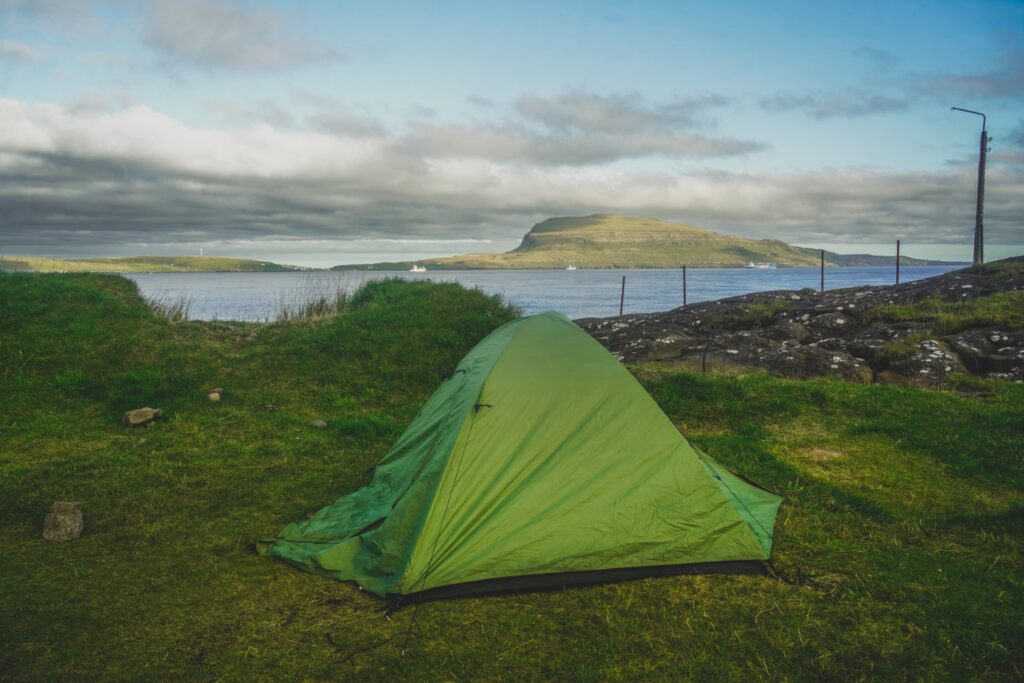
Free campsites on the Faroe Islands
Tentsite on Nólsoy
On the island of Nólsoy – just across the water from Tórshavn – you’ll find a free, primitive tentsite perched above the harbour. The ground is uneven, but there are a few level spots suitable for pitching small tents.
There are free 24-hour public toilets near the supermarket, as well as additional facilities at the harbour (open during ferry hours), which are also wheelchair accessible. Fresh drinking water is available at both locations.
Contact Visit Nólsoy for more information at +298 52 70 60 or info(at)visitnolsoy.fo.
Curious what there is to see and do on Nólsoy? Click here to read my in-depth guide to the island!
Elduvík Camping
The campsite in Elduvík, located on the northeastern coast of Eysturoy, is a small and basic site with limited facilities. You can pitch a tent or park a caravan or motorhome free of charge, but stays are limited to a maximum of three consecutive nights.
If you require electricity, you can purchase access at the tourist information centre in Runavík for 300 DKK.
Contact Visit Runavík for more information at +298 41 70 60 or visit@runavik.fo.

Wild camping on the Faroe Islands
All land in the Faroe Islands is privately owned, which means wild camping isn’t officially permitted. However, with a bit of friendly inquiry, you’ll often find a local who either owns land or knows someone who does. Ask politely, and chances are you’ll be welcomed to stay the night. I’ve done this on several of the smaller islands – such as Fugloy, Koltur, and Skúvoy – where there are no designated tentsites, and I’ve never been turned away.
I’ve also met travellers who had luck asking locals if they could camp in their gardens. It’s definitely worth a try – but always be respectful, and accept a “no” with a smile.

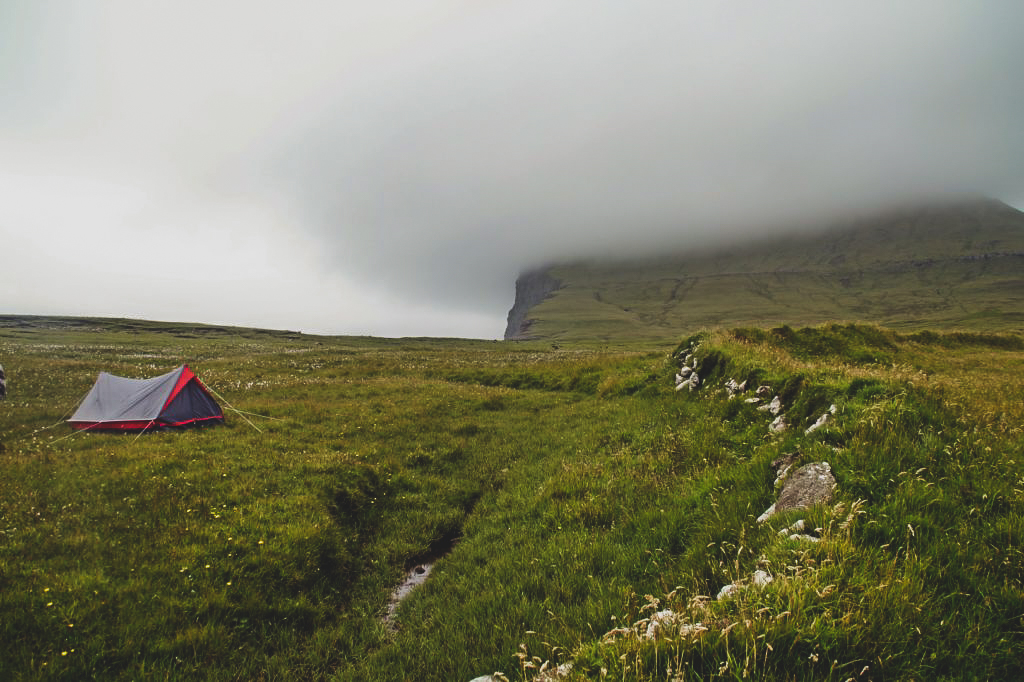

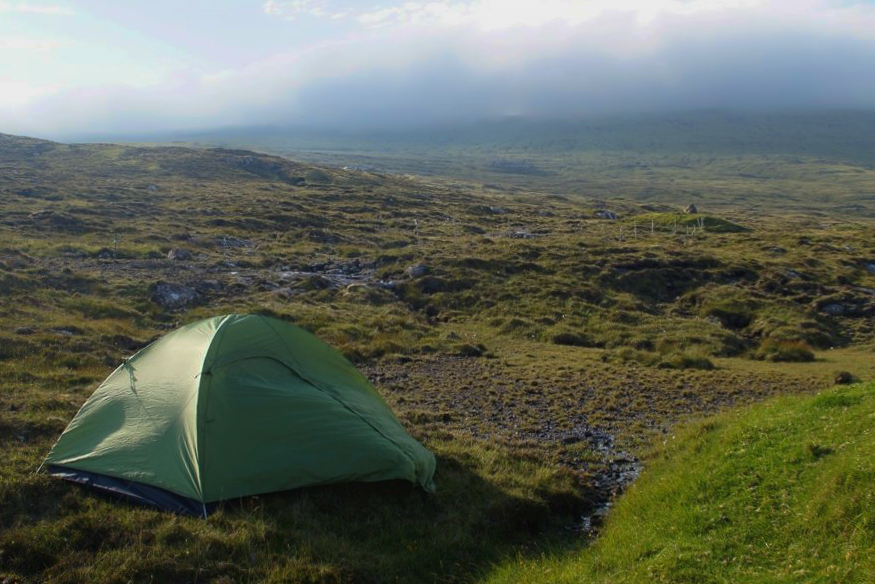
Free shelters on the Faroe Islands
Skarð, Kunoy
Skarð is an abandoned village on the island of Kunoy, and it’s home to what might be the only public shelter in the entire Faroe Islands – a small red hut where hikers can spend the night. Getting there is an adventure in itself: you can either take a scenic three-hour coastal hike from Haraldssund or brave a steep, challenging route over the mountains from the village of Kunoy – though the latter should only be attempted with a local guide.
Be sure to bring your own sleeping gear and supplies, as there are no amenities – just the haunting beauty of abandoned houses, raw nature, and complete solitude.

Sleeping for free in your (rental) car
Parking is free throughout the Faroe Islands, which makes car camping a great way to save money. I’ve done it myself in several countries, and it’s honestly not as uncomfortable as it sounds. Just recline the front seat as far as it goes and place something under your feet – or, if you’re on the shorter side like me, stretch out across the back seats!
That said, be mindful of where you park: avoid private driveways, residential areas, and especially the roadside – parking there can be dangerous for both you and others. And a word of caution: this kind of stealth camping is only suitable for small, inconspicuous cars. Please don’t attempt it with campervans or motorhomes, as that’s generally frowned upon outside of designated sites.
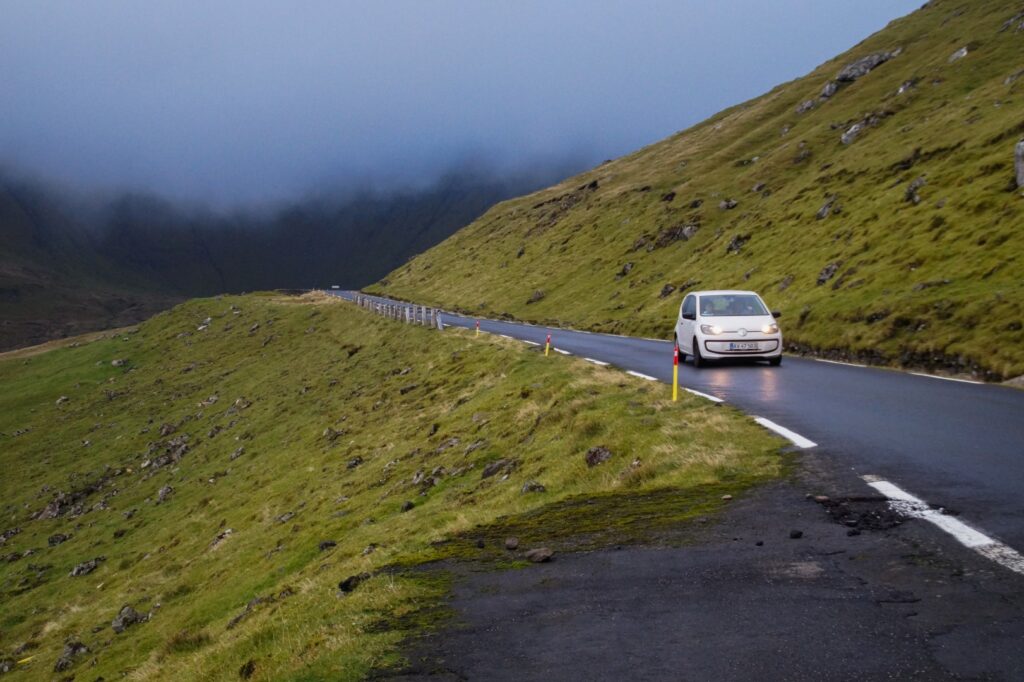
Couchsurfing on the Faroe Islands
When I first travelled to the Faroe Islands in 2015, a storm destroyed my tent – and thanks to Couchsurfing, I ended up staying with a lovely local family for two weeks. We’ve kept in touch ever since, and I still visit them to this day.
While Couchsurfing’s golden era has passed and the platform now requires payment to access host profiles, it still lists over 300 potential hosts in the Faroe Islands. So there’s definitely a chance for a free stay – but remember, Couchsurfing is about more than just saving money. It’s a cultural exchange and a wonderful way to make lasting connections with locals.
You might also want to check out alternative platforms, such as BeWelcome, Trustroots and TrustedHousesitters.
Workaway on the Faroe Islands
Workaway is a fantastic way to immerse yourself in Faroese culture, offering free accommodation and meals in exchange for a helping hand. Currently, there are over 20 active hosts on the Faroe Islands.
Workaway is best suited for travellers planning to stay for at least a few weeks and who are open to assisting with various tasks, from household chores to creative or practical projects. In essence, you “pay” for your stay by contributing your time and effort.
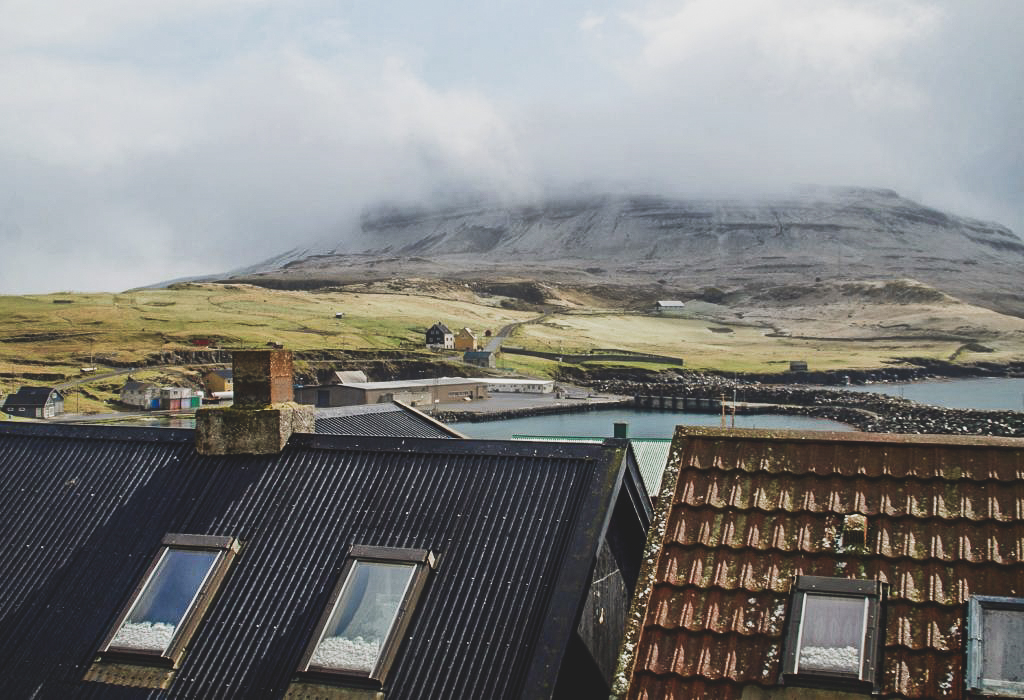
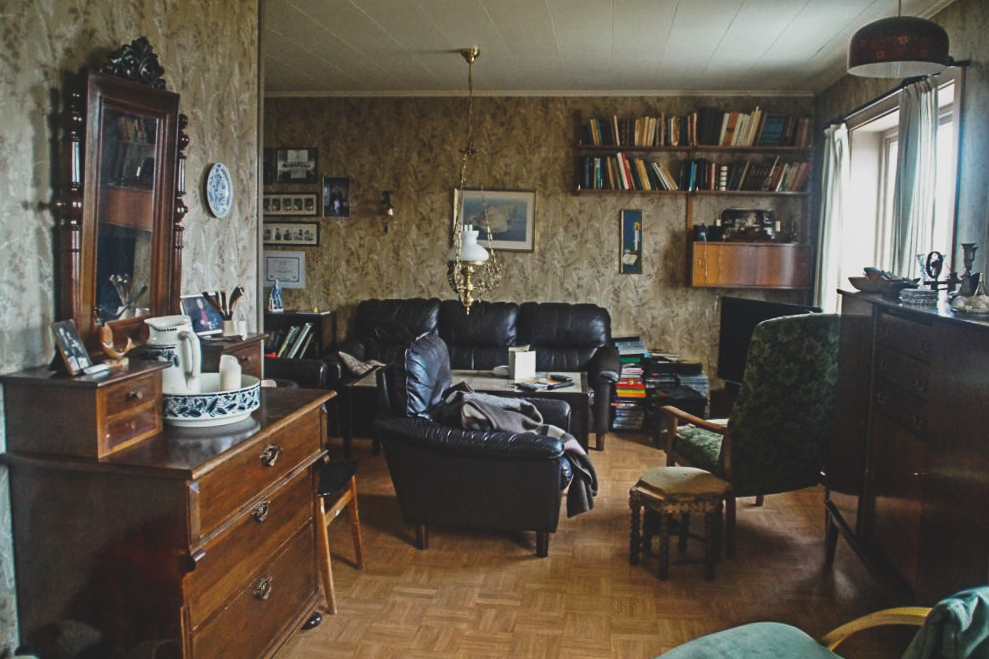
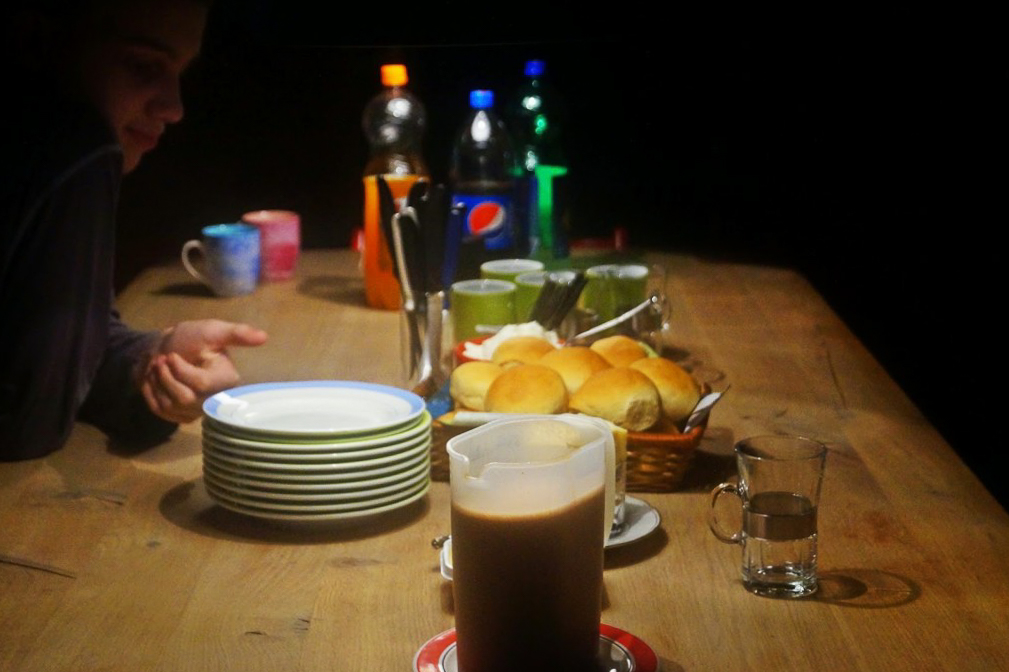

More tips for budget travel in the Faroe Islands
Looking to stretch your budget even further while exploring the Faroe Islands? I’ve got you covered! From transportation and accommodation to food, shopping, and hiking fees, this post dives into practical ways to experience the islands while on a budget:
↠ How to travel the Faroe Islands on a budget: A complete guide ↞
Leave a Comment
Pingback: Highlights of the Faroe Islands: The perfect two-week itinerary for hikers – Northtrotter on 24/11/2022
Pingback: A hike up Eiðiskollur: Standing above the sea stacks of Risin and Kellingin – Northtrotter on 24/11/2022
2 COMMENTS